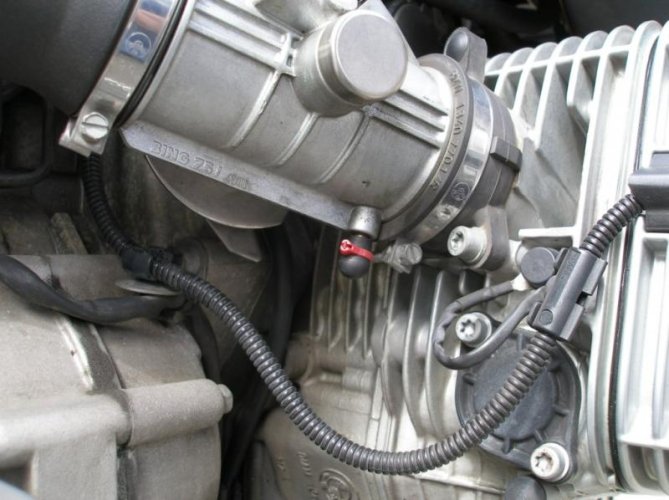pauls1150
MOA #24991, south of Los Angeles
Typical to many oilheads, this bike's carbon canister must've vibrated off and got lost down the road somewhere... so the throttle bodies' bottom vacuum ports are properly capped off.
Closing out a minor service this afternoon, I pulled the caps to check the throttle body & cables balance. To help avoid losing them, I put them on a white paper towel. After readjusting one of BBSs a little, I looked at the towel - and there was some wet crud absorbed from the caps.
So - there's another place to clean out tarpiculates. Get a Q-Tip into the insides of the caps and give 'em a swipe!
Closing out a minor service this afternoon, I pulled the caps to check the throttle body & cables balance. To help avoid losing them, I put them on a white paper towel. After readjusting one of BBSs a little, I looked at the towel - and there was some wet crud absorbed from the caps.
So - there's another place to clean out tarpiculates. Get a Q-Tip into the insides of the caps and give 'em a swipe!


